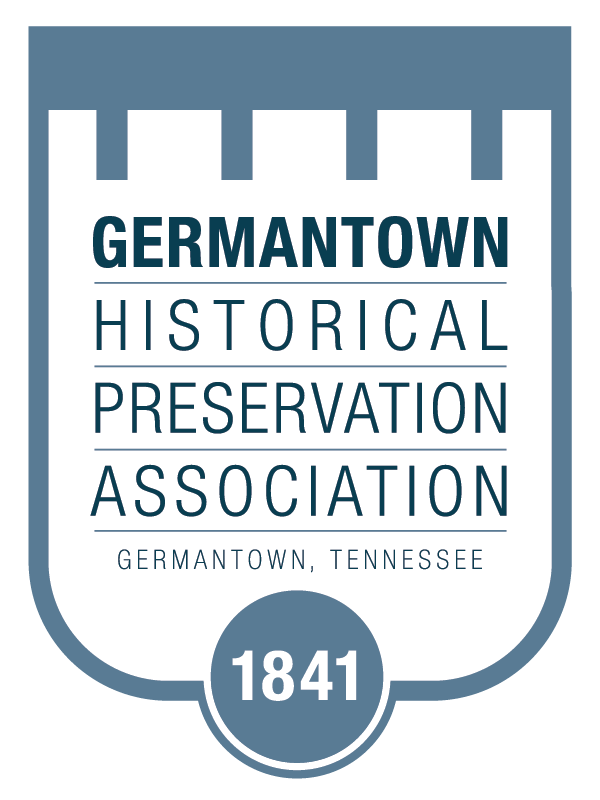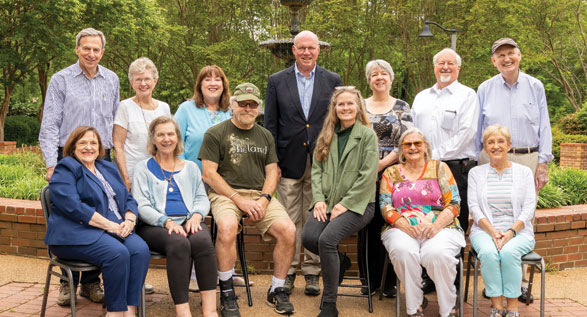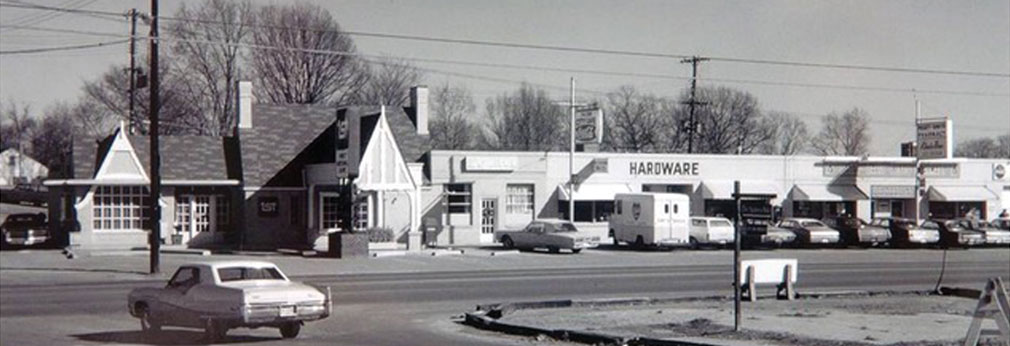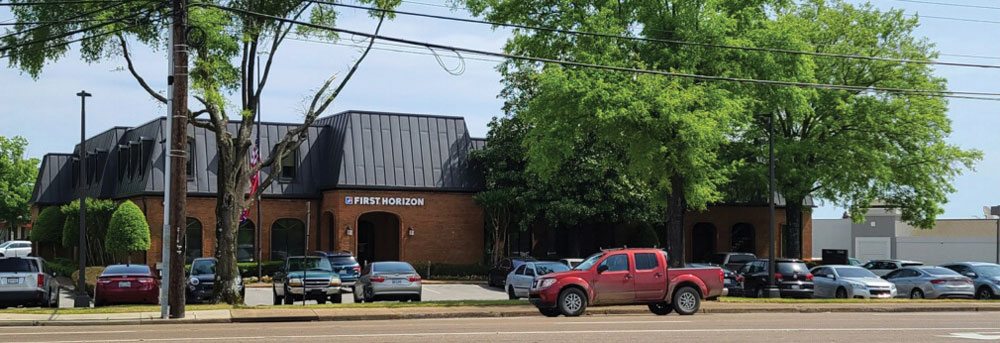welcome
The Germantown Historic Preservation Association’s (GHPA) vision is to create a museum that is accessible to anyone, anytime and anywhere, as close as the palm of your hand. Whether you are at home, at school, or around the world, you can share with others the story of the history that has shaped Germantown, Tennessee.
Several years ago, we realized how much more information could be shared with the public in the form of articles and photos. This museum is not like a book that is static, but a living, breathing experience that allows for frequent opportunities to import new material; and make any additions, deletions, or corrections that new information provides for updates to existing material.
While the GHPA offers this larger view of our city to the world, we do provide history you can visit here at home. The history of Germantown is found at The Train Depot (open to visitors), and historical displays are found at the Methodist Hospital, the Bobby Lanier Farm Park, Fort Germantown, the Civil War Marker stops, the photos at Trader Joe’s, Oaklawn Garden, the photo markers along Germantown Road and Poplar Pike, and an annual exhibit at the Germantown Community Library every November.
If you have questions or can provide new information, please send us an email, and we will answer those questions and add them to the material we already have. If you need a larger size font for easier reading, hit command and the plus sign (on a MAC), hit control and plus sign (on a PC).
We hope that you take advantage of this portable opportunity to learn more about our city. Thank you for visiting the GHPA website today!
Andrew Pouncey
GHPA President & City Historian
Front Row: Jackie Clift, Jeanette Watkins, Sid Witherington, Joni Roberts, Eleanor Woodward, Sharon Cornelius
Back Row: Walter Wills, Sue Williams, Mary Welsh, Andrew Pouncey, Edna Guntert, Lee Millar, Bill Watkins
(Not pictured Susan Glassman, Carolyn Grizzard, David and Janey Jackson)
Photo Courtesy of Alex Ginsburg Photographics
Have a question on the history of Germantown, Tennessee?
our town
Germantown was founded along the Cherokee Trace on a ridge between the Wolf River and Nonconnah Creek, about 16 miles east of the Mississippi River.
William Twyford from England and Frances Wright of Scotland, adjacent landowners, were two of the first settlers in the area known as Pea Ridge. Frances Wright, arrived in 1825, purchasing land from the holdings of Senator Andrew Jackson. Between 1825 and 1830, she established Neshoba Plantation, a utopian community intended to educate slaves to be self-supporting, preparing them for emancipation.
In the 1830s, churches were established, stores were opened, a school was built. The town had a post office and a justice of the peace. More settlers moved into the area and town lots in the community were laid out in 1834 by Col. G. P. Shepherd. The name was changed to Germantown in 1836 to reflect the presence of German families.
The town was officially chartered in 1841, and by 1849 the Germantown post office became the second largest center of postal business in Shelby County . By 1850 the population had 250 citizens. Passenger and freight service came to the town in 1852 via the Memphis & Charleston Railroad, providing accessibility to area goods and services within the region.
Germantown experienced setbacks through the period of the Civl War and the yellow fever epidemics that followed between 1867 and 1878, reducing its population by half. The town rebounded slowly in the post-war era, rebuilding the school and several churches. The population began to return around the turn of the century.
The town’s name momentarily changed to Neshoba, an Indian word meaning “wolf”, due to anti-German sentiments during World War 1 (May 15, 1917 and April 4, 1922). Forty-six (46) men from Germantown served their country in that war. By 1959, the “town” of Germantown, would become the “City” of Germantown.
During the 20th century, the community derived its strength through involvement of citizens as evidenced in the churches, garden clubs and other civic organizations. The Poplar Pike Improvement Association and the Germantown Civic Club played vital roles in the physical and social development of the community.
In the last half of the century, the population grew from around 500 to just over 40,000 citizens. Over several decades, elected and civic leadership, with the suppport of citizen volunteers, worked proactively to control growth and appearance through strategic planning, development regulations, and aesthetic controls. The result is a premier residential community with high-quality city services that make Germantown an attractive, healthy, safe and wholesome place to live, work, worship and play.



